
OR
Local unit in Rolpa struggling to deliver services
Published On: January 4, 2018 06:00 AM NPT By: Dinesh Subedi
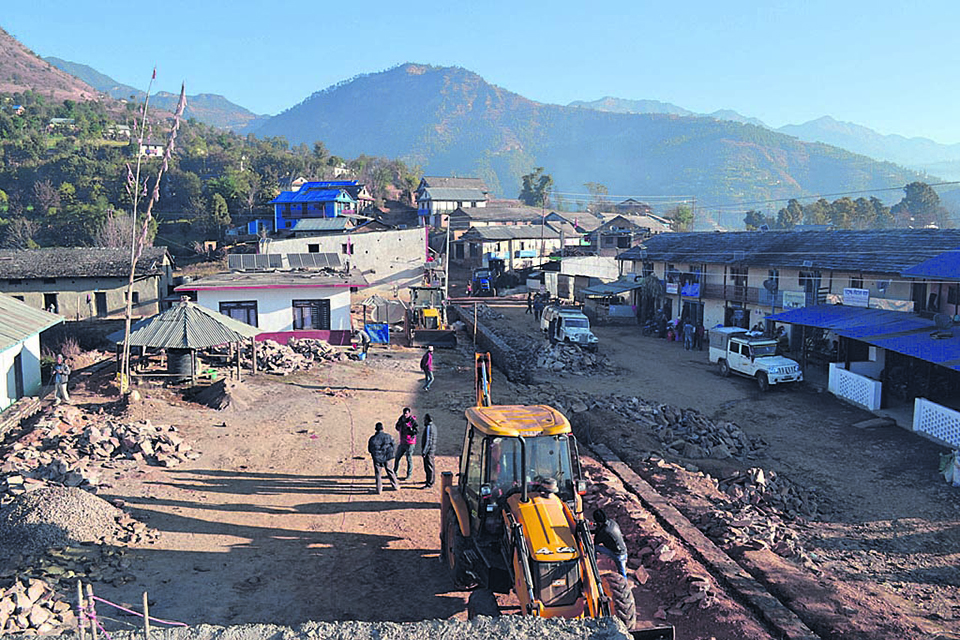
ROLPA, Jan 4: Local level elections were held in Rolpa with equal fervor as in any other part of the country. People had eagerly waited for the local level units to be in place with anticipation to get quicker and better service right in their locality. However, such hopes are being dashed, as the rural municipalities have not been able to deliver services in lack of technology and infrastructures.
Most of the rural municipalities do not have access to banking, internet, electricity and many other crucial services. This has landed the units in a sorry state. For instance, the Triveni Rural Municipality, which is considered less remote compared to many others, is facing troubles due to lack of internet services. The rural municipality was formed by merging five VDCs.
Thawang, Sukidaha, Duikhola, Sunchhahari, Madi and Lungri are other popular rural municipalities, which do not have access to even basic technologies. “Locals have become smart and demand services that are considered basic in cities, but we have no means to provide them here,” said Shanta Kumar Oli, chairperson of Triveni Rural Municipality.
“People have all sorts of problems- some of them are old and some new. They have huge expectations from the local government. But, we are reeling under acute lack of almost everything including staffs,” he added.
He says that his office is worried about the situation. He shared that addressing the shortages would help the office in focusing on providing better health and education services efficiently. “We are not going to leave any stone unturned in providing better services to the people. Of other things, we look forward to provide quality education in our villages,” he claimed.
The municipality lies near Dang district. Among other things, the residents aspire having better roads electricity and internet in the area. “During election campaign, we shared those aspirations with the voters. We were serious about it and we still are. They were not fake dreams. But it is going to take time to make all that happen,” said Oli.
Six months of the five-year tenure of the representatives have already passed by. Oli says that they still have significant time left to materialize their election vows.
“Though, people are not happy with our performance so far, but they do understand the limitations we are trying to overcome. We have significant time left to deliver the promises that we made within the remaining period,” Oli said.
Lekh Mani Dangi, president of ward number six of the municipality, stressed on availing banking services in the municipality at the earliest. In lack of this service, locals have to go to headquarters even for small work.
“People are always busy and in hurry. We feel bad when they have to come here for small things, which could have been done instantly over the internet. Along with that, residents have to travel to district headquarters even for small banking tasks,” he explained.
“Having access to technology and banking services are really essential to speed service delivery. We have realized that we are going lame without these.”
Khadka Oli, a local businessman called on the local bodies to initiate process for improving road network including repairing and blacktopping, without wasting any time. If roads are improved, other things do not take time to improve, he asserted.
“Now we have our own representatives at the local level. Hopefully, they will act to address our problems,” he said. “One of the problems we face every day is lack of a bank in the locality. Moving around with heavy cash in not safe,” he lamented.
Nerpa Sherpa, chairperson of ward number 5 of the municipality stressed on constructing bridges to connect existing road networks. In lack of bridge, many roads have become useless, he said.
“Things are changing for better. New road tracks have been opened and some roads are even black topped. But we don’t have bridges in some places to connect them all,” he said. Sherpa added that the economy of the district would see huge progress once transportation service is expanded.
“Once we have proper transportation service, we can invest in other areas without hesitation. So we are gearing up for investing in this sector,” he stated.
You May Like This

One year since local elections, local units still struggling with manpower crunch
RUPANDEHI, Aug 4: One year after the election of local representatives, most of the local units in rural areas are still... Read More...

Local development minister pledges to resolve problems related to restructuring of local unit
KATHMANDU, Sept 11: Minister for Federal Affairs and Local Development Ministry Hitraj Pandey has expressed his commitment to resolve problems... Read More...
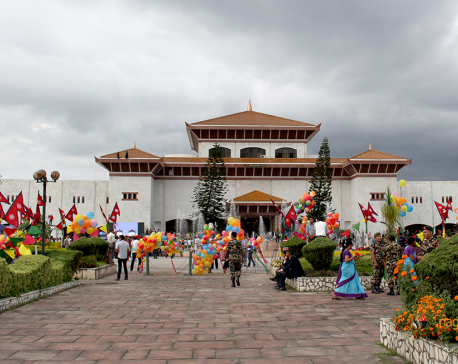
Govt registers bill for local polls under new local structures
KATHMANDU, Dec 15: While the major political parties are inching closer toward negotiations on holding local polls under the existing local... Read More...
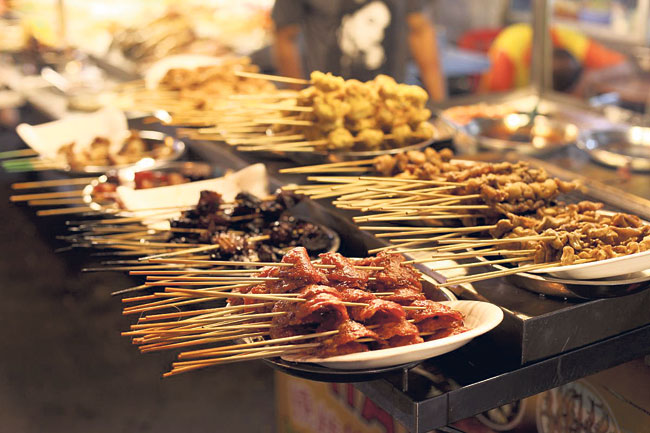
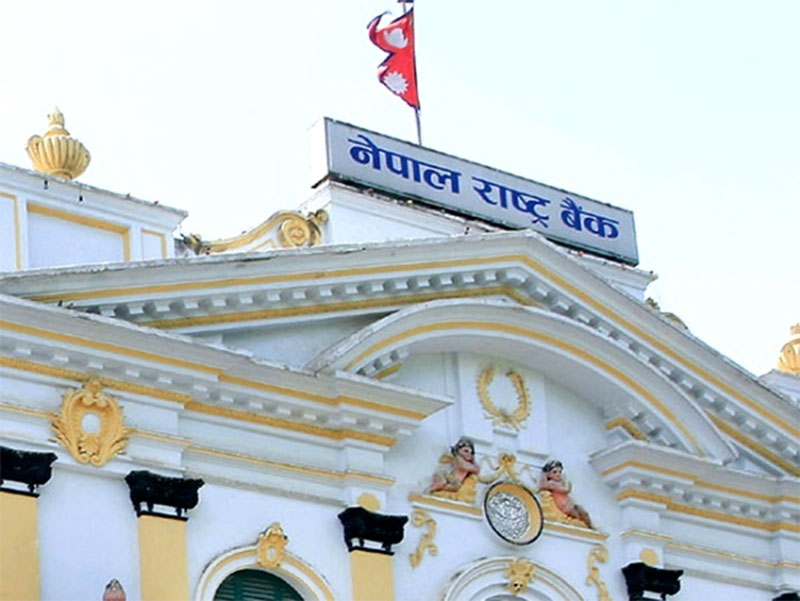

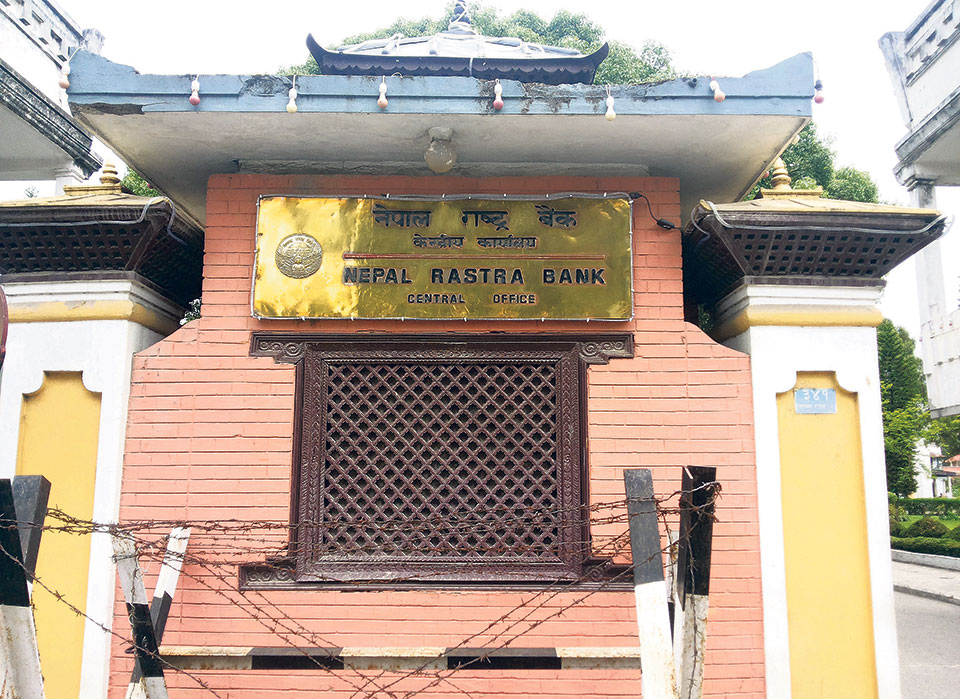
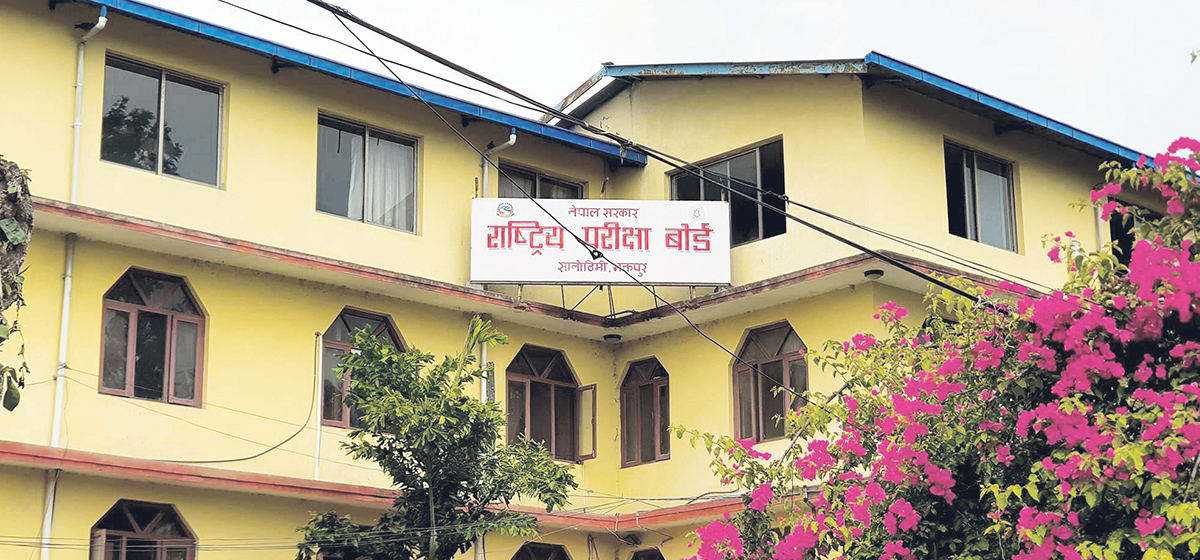
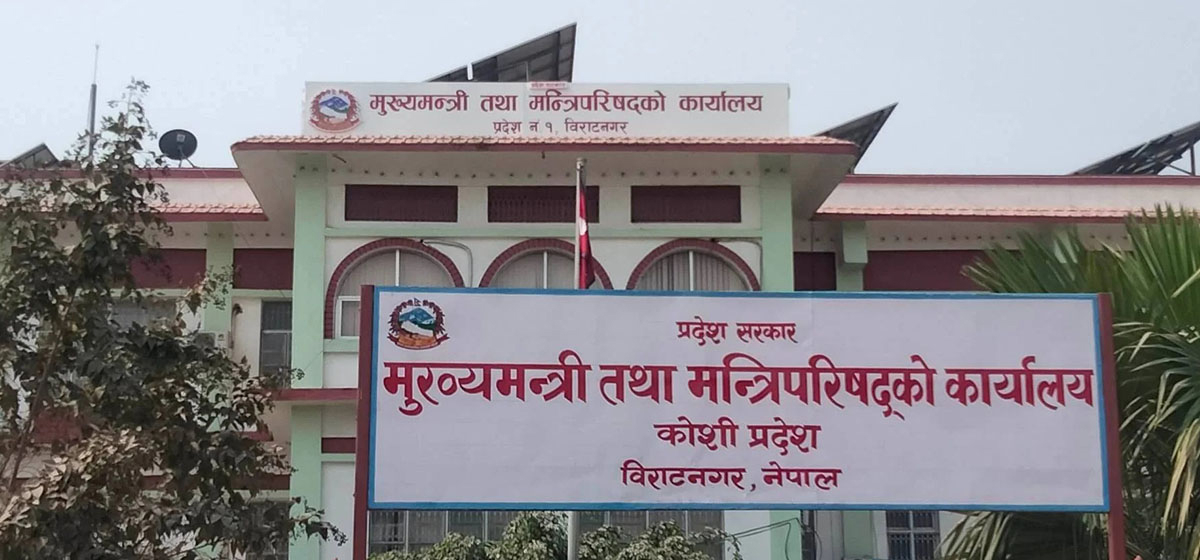

Just In
- NRB to provide collateral-free loans to foreign employment seekers
- NEB to publish Grade 12 results next week
- Body handover begins; Relatives remain dissatisfied with insurance, compensation amount
- NC defers its plan to join Koshi govt
- NRB to review microfinance loan interest rate
- 134 dead in floods and landslides since onset of monsoon this year
- Mahakali Irrigation Project sees only 22 percent physical progress in 18 years
- Singapore now holds world's most powerful passport; Nepal stays at 98th



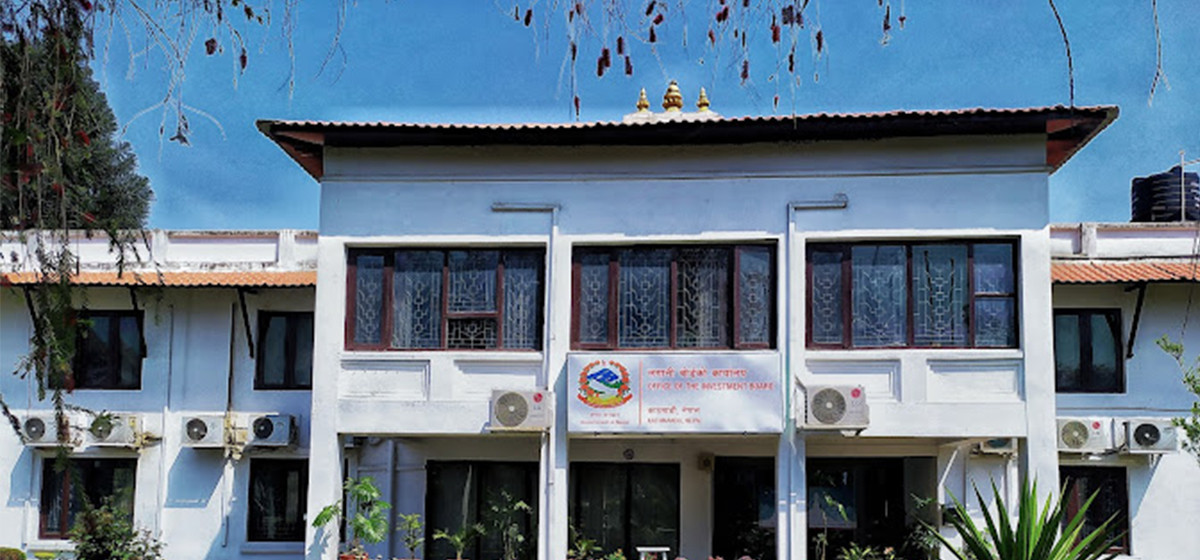
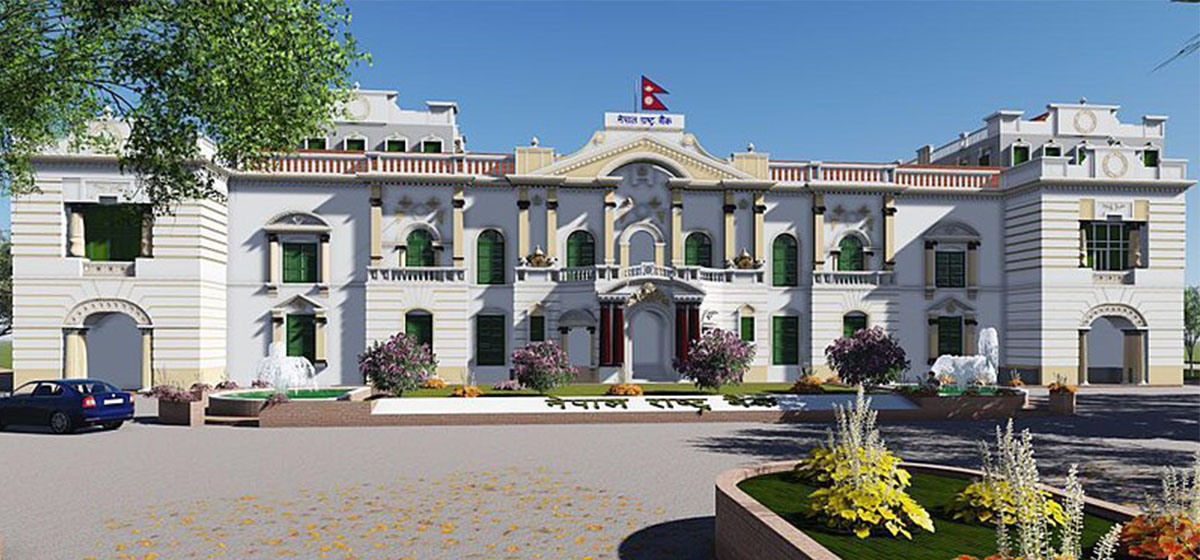

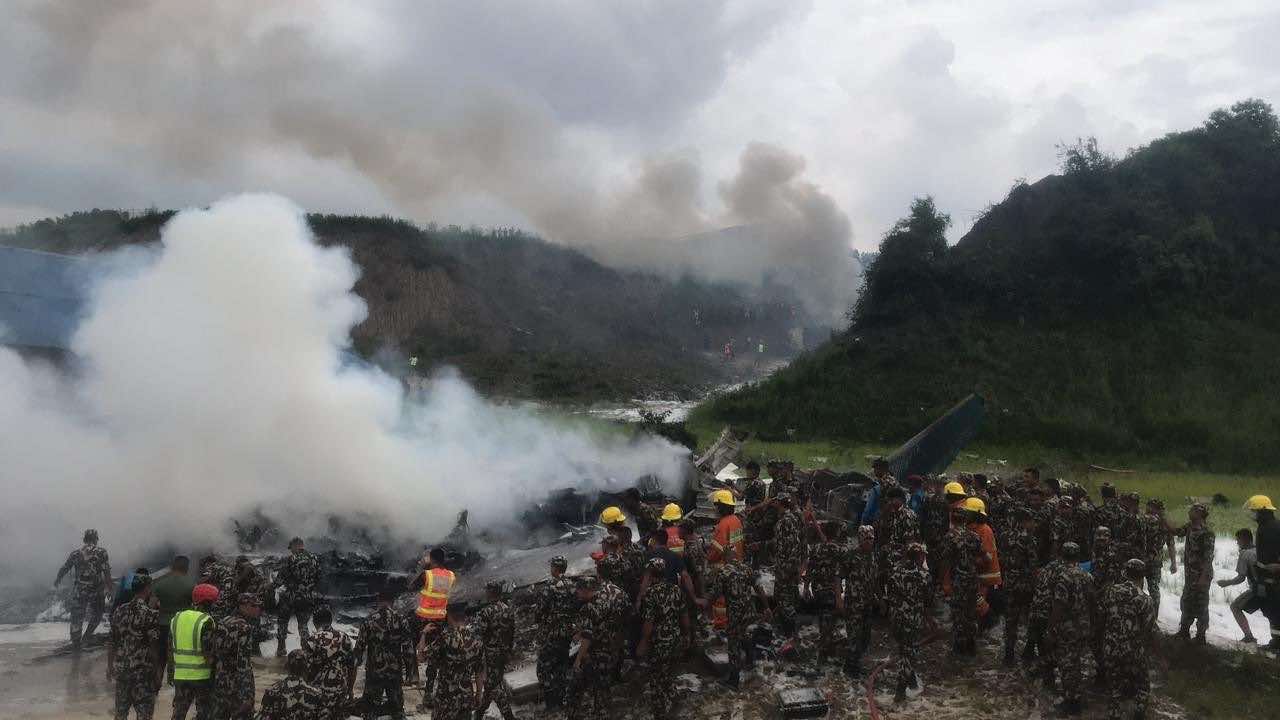
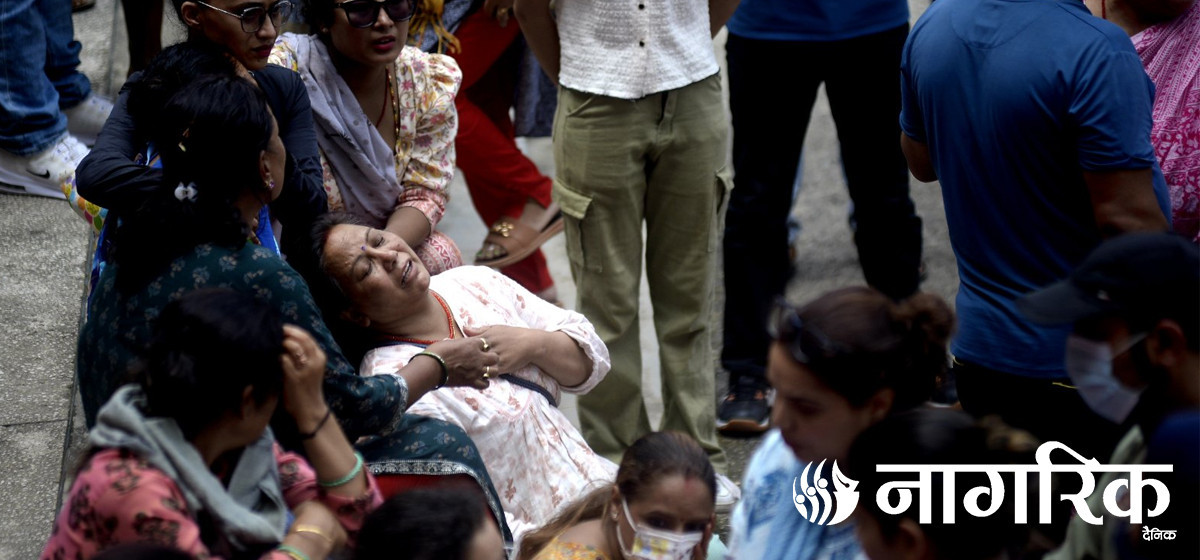


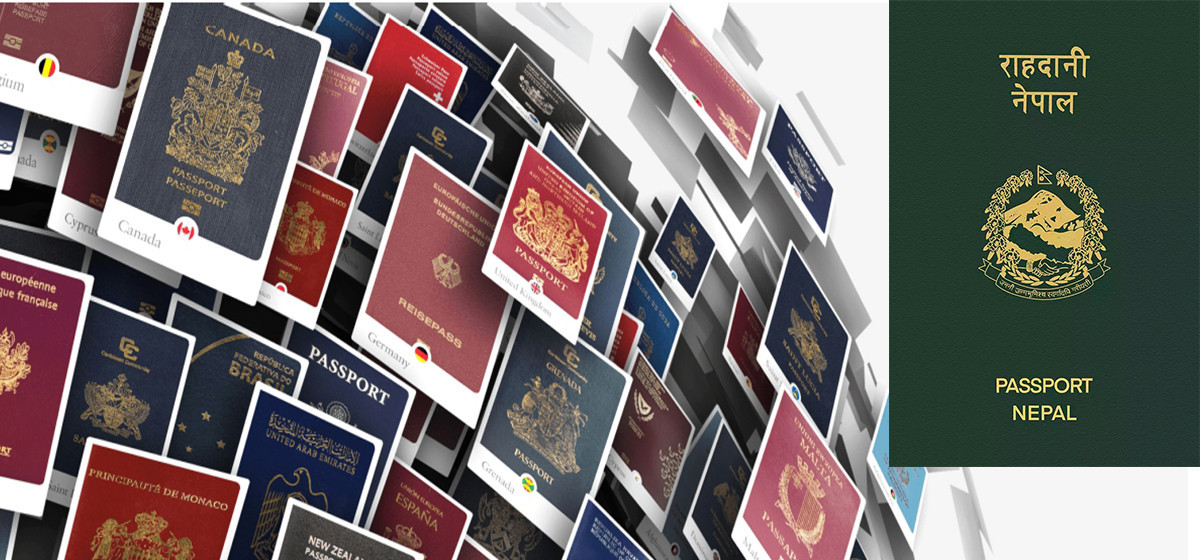
Leave A Comment